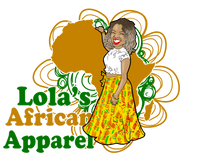A History on Mudcloth
Today we know the geometric prints on thick cotton as Mudcloth, but it is traditionally called Bogolanfini and originates from Mali in West Africa.
Mudcloth is a tradition that has its roots in the 12th century, and when translated into Bambara, Mali’s native language, mudcloth becomes “Bogolanfini”. The term bogolanfini stems from three Bambara words: bogo, lan, and fini. Bogo translates to “earth” or “mud”, lan translates to “with”, and fini translates to “cloth”.
The process of making Bogolanfini includes dyeing a piece of cotton fabric with fermented mud. Traditionally, men had the task of weaving the fabric together and the women would dye it soon after. Today Mudcloth has been stylised from home décor and clothing, but it carries an immense amount of cultural significance among the Mali people.
Hunters traditionally donned Mudcloth as a form of protection, as well as a clear badge of status, and women would commonly wrap themselves in Mudcloth after giving birth. The idea behind wearing it after childbirth was that it was commonly believed to carry the ability of absorbing negative feelings like pain, relieving the new mother of such stress.
The symbols displayed on mudcloth were typically personalized in a way that only a small group of people could decipher. The story behind the symbols on any given mudcloth was traditionally something mothers would reveal to their daughters. Despite the fact that the meaning behind certain symbols can be quite unique and elusive, there were some that had widely known meanings, such as a twirl, which commonly represented “life”. So, how did Bogolanfini become so famous internationally? That’s thanks to Malian fashion designer Chris Seydou. In the 1980s, it was Seydou who began implementing Bogolanfini into Western attire like jackets and mini-skirts—and the rest is history.
